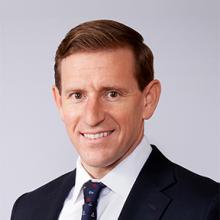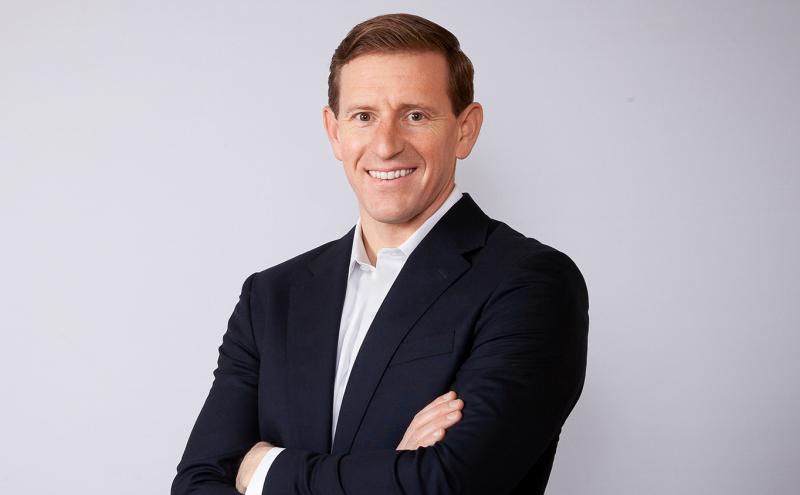
Have you ever wondered what it was like to live through a truly historical moment like the Civil War or the Great Depression? Wonder no more. You’re living it. The COVID-19 pandemic will be recorded by future historians as one of those generational inflection points that, like earlier cataclysms, requires grit and sacrifice and collective action. The challenge is too big to confront alone or in small measure. And, like earlier major historical moments, the pandemic has changed certain parts of our society for good.
In my role as Commissioner, I’ve been contemplating which pandemic-induced changes are permanent and which are temporary. Will business travel return? What workplace safety measures should become standard practice? Is the current surge in trade an anomaly, or do we need to increase our capacity at every link in the supply chain for the long term?
Two things I know: the Port’s pandemic response was exemplary, thanks to staff at every level of our organization; and work unrelated to COVID continued despite the challenges of the pandemic. Below, I highlight efforts on both accounts. On the one hand, we focused on the health and safety of our workers and our community and sought to kickstart an equitable recovery. And on the other hand, we launched Maritime High School and took enormous strides in climate action, including immediate reductions of greenhouse gases and local air pollution — while also setting the stage for the Port to become a hub of offshore wind.
Please take a moment to read more about each effort below, and then share with me your vision for 2022. Our best ideas at the Port often come from constituents and stakeholders outside the institution. As I prepare for my second term as Commissioner, I value your thoughts on how we can advance the Port’s mission to create sustainable and shared economic prosperity.
Protecting the health of our workers and community
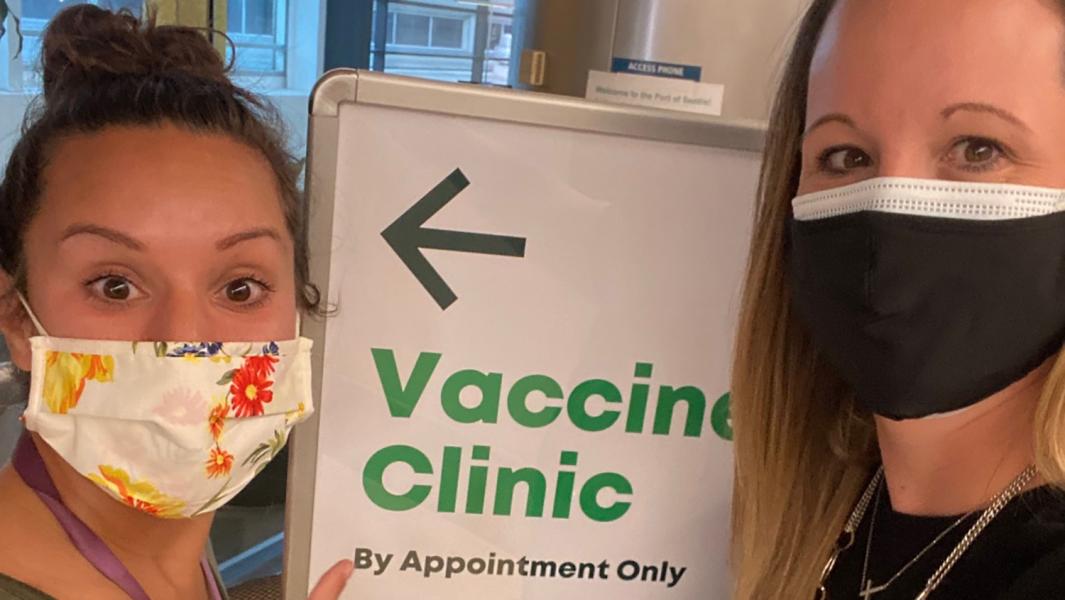
Early in the pandemic, the Port pivoted quickly and had everyone who could work from home and supplied Personal Protective Equipment (PPE) to our essential workers at the Airport and cargo terminal to protect the health of our employees. The Port then partnered with the Washington (WA) Department of Health, FEMA, and Safeway/Albertson to vaccinate our Port employees and airport employees, distributing 7,846 total vaccines over eight weeks. The Port also partnered with Discovery Health MD and the WA Department of Health to bring vaccinations directly to maritime workers. Over 4,000 foreign mariners were vaccinated by our efforts through the Northwest Seaport Alliance. The Commission approved adoption of Policy HR-34, requiring employees to be fully vaccinated against COVID-19. This unanimous action was taken to protect the health and wellbeing of Port employees and their families, Port contractors, customers, guests, and the community at large.
Leading an equitable recovery
The fallout from the pandemic disproportionately impacted communities of color and small businesses. In response, the Commission approved extending the On-demand Taxi and Flat Rate for Hire Service Pilot Program; approved additional airport relief measures in response to ongoing COVID-19 pandemic impacts on SEA tenants and concessionaires; approved a six-month contract extension for Workforce Development Services and Support for the Aviation Career Pathways Program to support airport workers displaced by COVID-19, who are disproportionately persons of color and immigrants; approved an allocation of funds to support the Port of Seattle’s 2021 Opportunity Youth Initiative providing short-term workforce development opportunities (internships, valuable income, and job training) to youth of color and youth in South Seattle and South King County who are disproportionately impacted by COVID; and approved an extension of the South King County Fund timelines to ensure funding opportunities are accessible to communities of color. The Port also partnered with Washington Maritime Blue to promote the Maritime Accelerator that helps maritime companies innovate and grow.
Workforce development through Maritime High School (MHS)
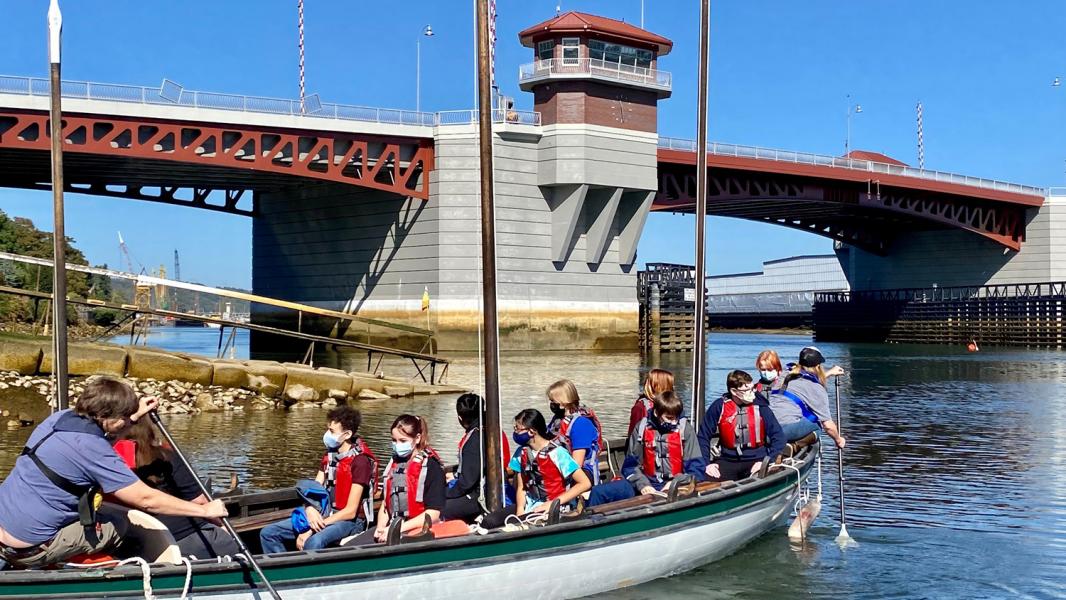
I am thrilled to report that despite the pandemic, Maritime High School officially opened in Fall 2021 and has enrolled its first ninth-grade class. The new school connects students to project-based learning to enhance their understanding of the natural world, increase their competency in practical skills, and offer them a greater awareness of career opportunities on the sea and beyond. MHS is a collaborative project of Highline Public Schools, Northwest Maritime Center, Port of Seattle, and the Duwamish River Cleanup Coalition, with many community and industry partners engaged to support our students. MHS is a win-win for students who are interested in career-oriented, hands-on learning and for the employers that are anticipating a huge shortfall of maritime workers in the next 10 years, including the Port of Seattle.
Winds of opportunity in offshore wind
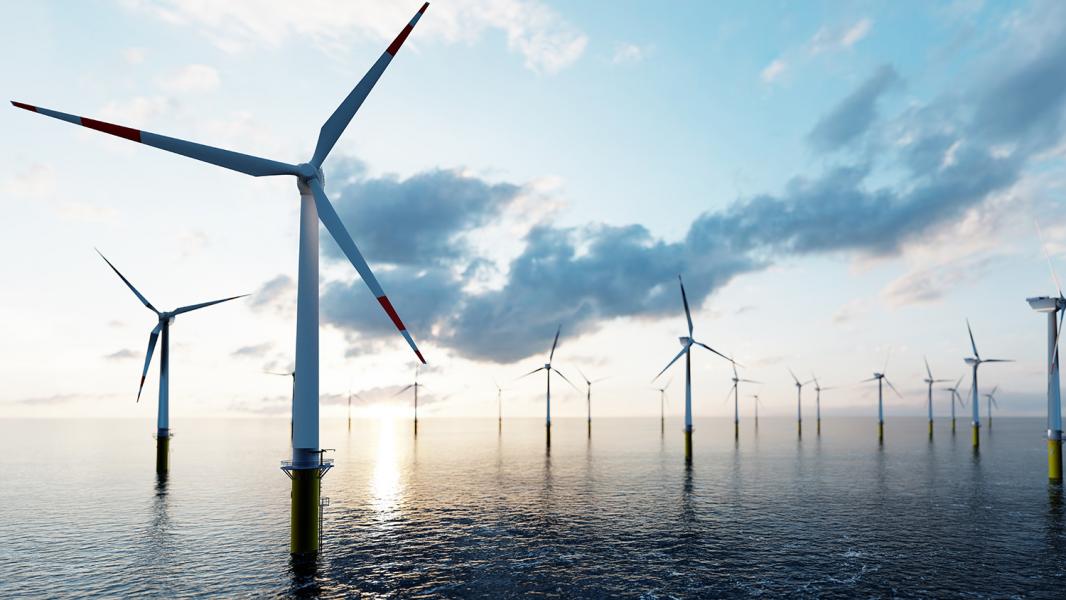
Part of my job is anticipating where industry and jobs will grow and ensuring that we are well positioned to benefit. That is why I have been exploring Offshore Wind as a form of renewable green energy and sustainable economic activity for our region. In one year, the level of interest, government support, and progress in offshore wind development nationally has increased significantly. Regardless of where the first turbine will be spinning on the west coast, the Port of Seattle has an opportunity to be in the energy business for the first time in 50 years by providing an essential supply chain link for the construction of wind turbines. I have met with labor, environmental, fishery, and government groups this year and will continue to explore how we can come together to ensure that WA State and the Port of Seattle are at the forefront of green energy economic opportunities.
Protecting the environment through Greenhouse Gas (GHG) reduction
2021 reminded us that the time to act on climate change is rapidly shrinking. That’s why I led the commission effort to accelerate GHG reduction, and on October 26, 2021, the Commission approved an Order to reduce the Port’s direct emission to net-zero by 2040 or better and for non-direct Port emission to carbon neutral or better by 2050. In November, the Commission approved the adoption of a resolution authorizing “Charting the Course to Zero: Port of Seattle’s Maritime Climate and Air Action Plan (MCAAP)” to reduce climate change and air pollution from maritime sources. With every flood or fire made worse by climate change, I’m increasingly compelled to push our institution to do more as a model for how aviation, maritime, and public sector organizations can lead in the green economy.
Subscribe to receive email updates from Commissioner Calkins

